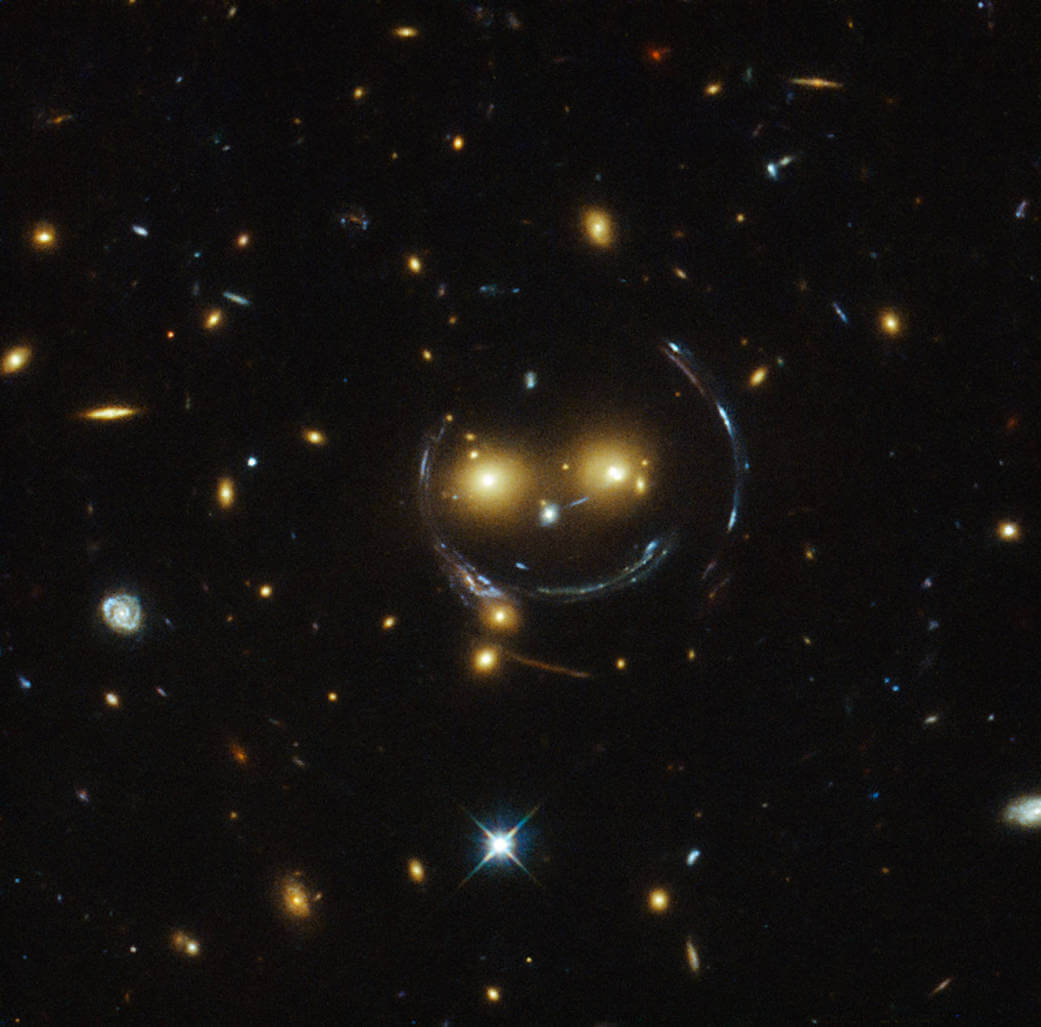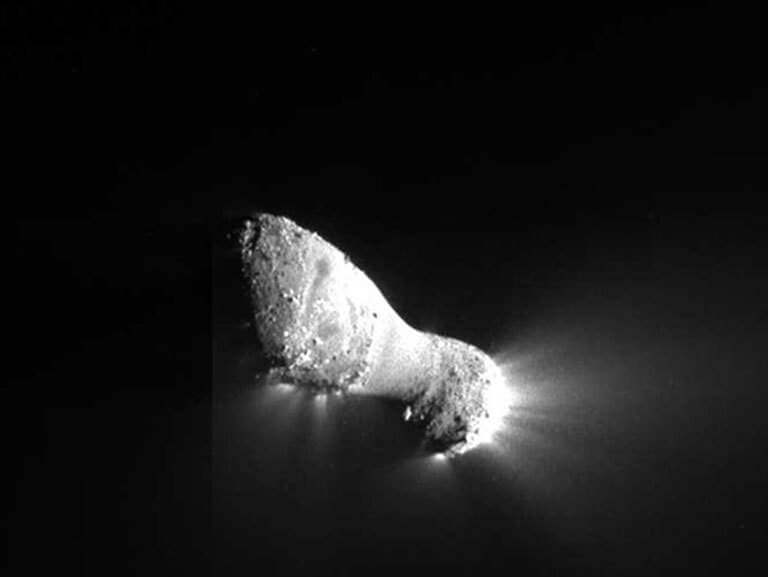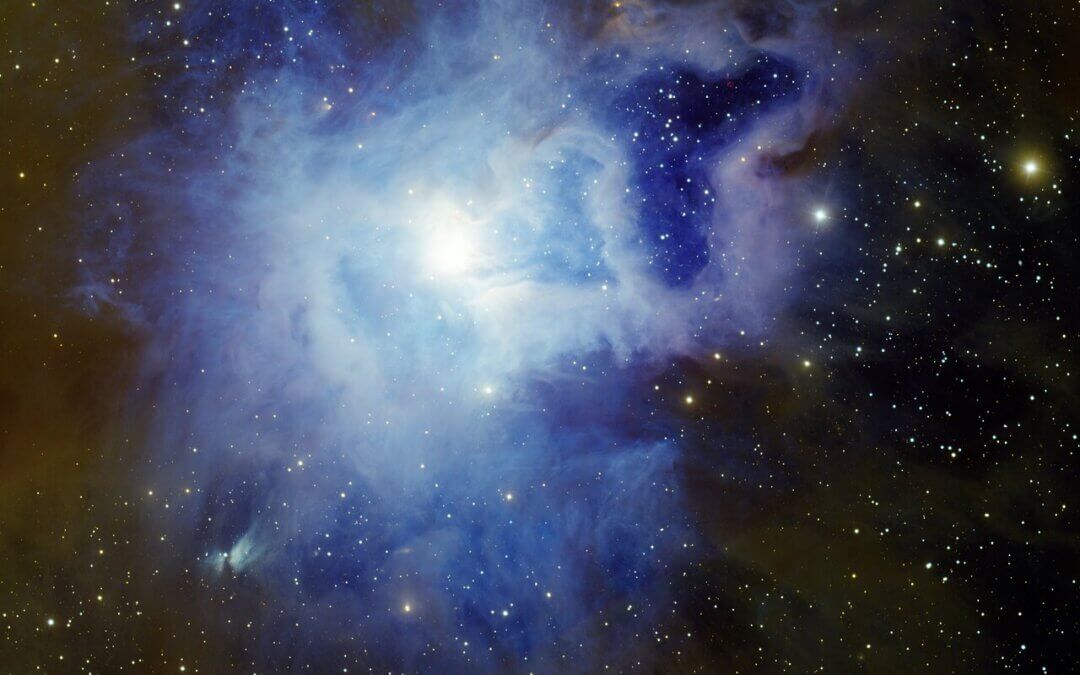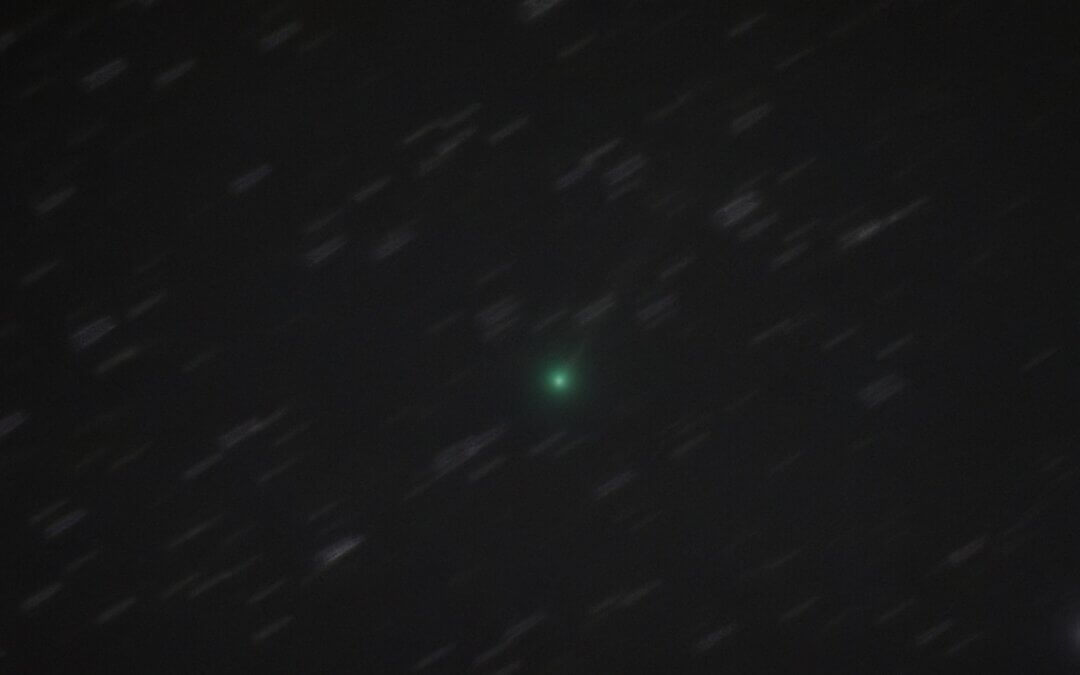June 30th marks a momentous occasion in history: the Tunguska event, the largest “impact event” in recorded history. This asteroidal disaster unfolded on that fateful day in 1908, and serves as a stark reminder of the perils asteroids pose as they traverse our solar system. This year, we will mark the 115th anniversary of this historical happening by celebrating Asteroid Day, which reminds us that we are responsible for, but capable of, protecting our planet. So what is Asteroid Day, and how can you help defend our home? Join us in learning about Asteroid Day and how you can get involved in planetary defense!
What is the Tunguska Event?
Imagine a serene morning in the Siberian wilderness when, suddenly, the heavens ignite, trees snap like twigs, and a seismic shockwave ripples across the landscape. That’s precisely what occured on June 30, 1908, when a colossal explosion erupted near the remote Tunguska River in Siberia, Russia. The event, now known as the Tunguska Event, was a result of an airburst caused by an asteroid or comet fragment thought to be about 50m (~160 feet) wide. The blast flattened over 2,000 square km (over 1200 square miles) of forest, an area almost the size of Tokyo. The energy released during the explosion was estimated to be about 1,000 times more powerful than an atomic bomb! But thankfully, due to the remote location, there were no human casualties, although the impact left a lasting mark on our understanding of the potential risks associated with asteroids.
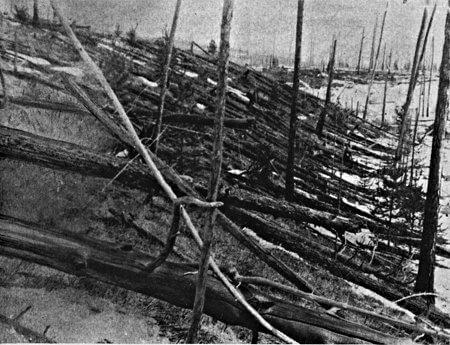
Trees flattened by the Tunguska explosion. Credit: the Leonid Kulik Expedition/NASA.
What is Asteroid Day?
Asteroid Day is an annual global event that takes place on June 30th, commemorating the anniversary of the Tunguska Event. Interestingly enough, Asteroid Day was co-founded in 2014 by Dr. Brian May, astrophysicist and guitarist of the rock band Queen; Danica Remy, President of B612 Foundation; Grig Richters, filmmaker; and Rusty Schweickart, Apollo 9 astronaut. Their aim? To unite scientists, astronauts, artists, and concerned citizens in raising awareness and fostering dialogue about asteroid impact prevention, particularly after the destruction caused by the Chelyabinsk meteor’s explosion over Russia in 2013.
In 2016, the United Nations declared that an official International Asteroid Day take place on June 30 of every year to raise asteroidal awareness. Now on this day, people gather together in acknowledgement of our planet’s vulnerability to incoming space objects , but also in celebration that we can act to protect it through planetary defense.
How You Can Help Protect the Planet
Planetary Defense, a key focus of Asteroid Day, involves tracking, monitoring, and developing strategies to mitigate the risks posed by near-Earth asteroids and other objects. Citizen Astronomers can support this cause by observing these objects to help space scientists understand their movement and watch for danger.
In fact, the recent Double Asteroid Redirection Test (DART), where NASA crashed a spacecraft into an asteroid to change its orbit, was the first demonstration mission for planetary defense – and Unistellar observers were on target, watching the impact! Their results aided in measuring the mission’s success and were published in the prestigious scientific Journal, Nature. Anyone, anywhere can participate in contributing to planetary defense like these Citizen Astronomers did.
To celebrate Asteroid day, simply check out our Planetary Defense page to learn more about how you can help defend the planet!
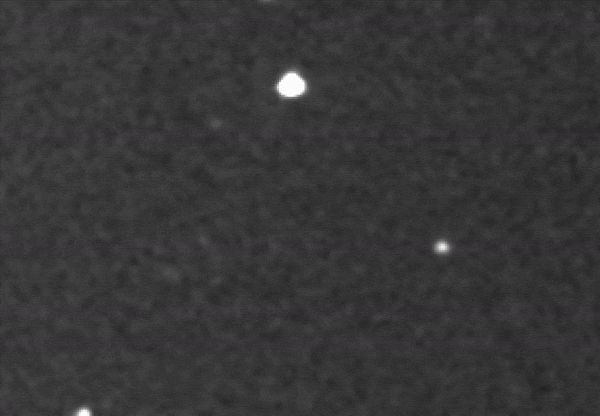
DART impact captured via a Unistellar telescope from the Traveling Telescope Team.
Further readings
Unistellar Community Included In Multiple Scientific Papers
Did you know Unistellar Citizen Astronomers are often cited in published scientific papers? Find out how you can contribute too!
Nouvelle Mise à Jour de l’App Unistellar : Version 3.0
The latest Unistellar App Update, version V3.0, is now live. Explore a smooth stargazing experience !
Halloween Observing Guide: Spooky Deep-Sky Objects
These Halloween deep-sky objects will add some light to those dark, spooky nights. Treats, tricks, and telescopes await!
Guettez la comète Hartley 2 avec l’AFA et Unistellar
L’AFA et Unistellar s’associent pour observer la comète 103P/Hartley ! Participez avec nous à l’observation de la comète Hartley 2 jusqu’au 25 octobre.
Fall Into Cygnus and More With September Deep-Sky Objects
Unistellar’s September targets include a bevy of star clusters and nebulae of all sorts. Celebrate stars in all stages of life this month!
See Newfound Comet Nishimura Before it’s Too Late!
Catch newly discovered comet C/2023 P1 (Nishimura) before it flies too close to the Sun and potentially disintegrates!


